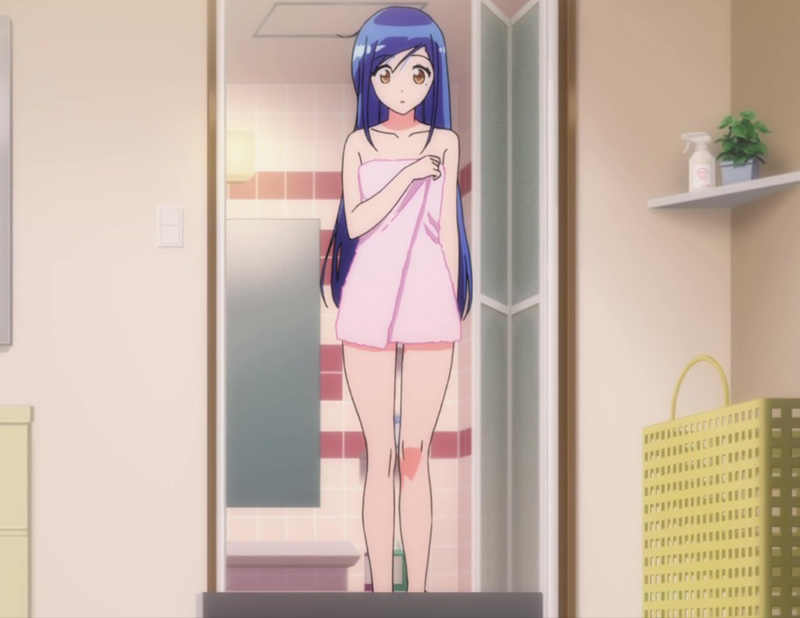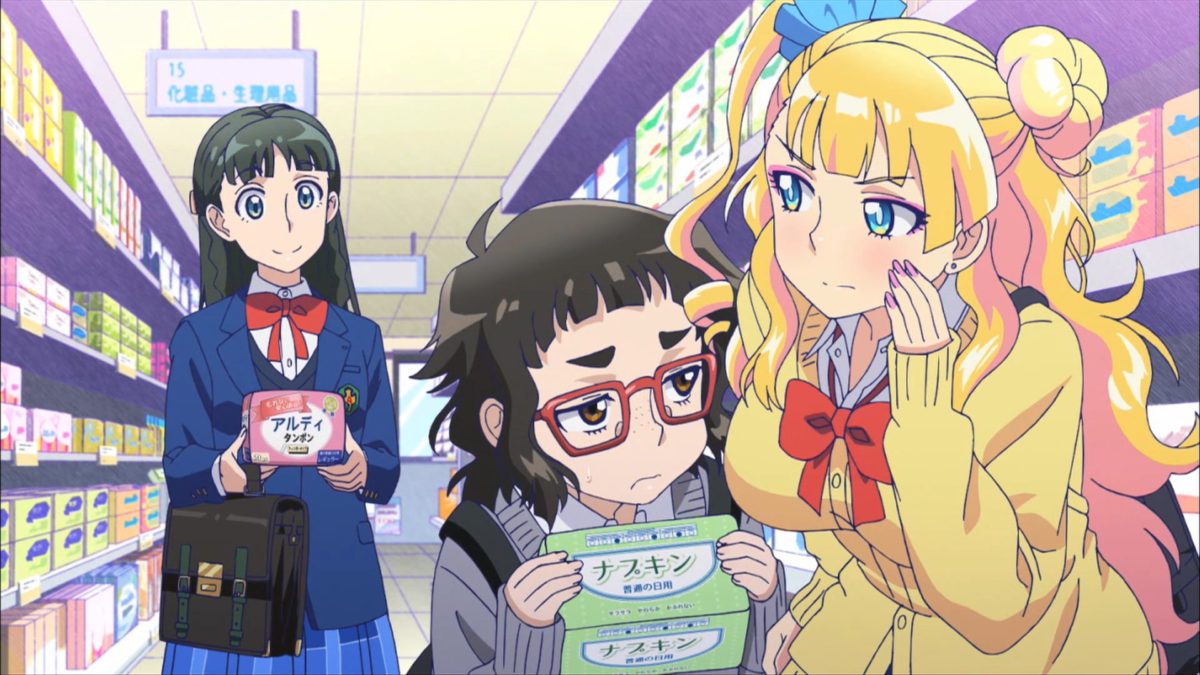The Japanese are a very group-oriented people, and one of the worst things a person can be is nakama-hazure (nah-kah-mah HAH-zoo-reh), meaning “being left out of the group,” i.e. an outsider. It’s funny to see some of the social mechanisms that are in place to keep groups of people functioning happily. For example, if you watch Japanese taking group photographs, they’ll usually take two, so that the person holding the camera the first time can get in the second picture, and no one feels left out of the group by not being in every shot. This little ceremony is very important — if, say, the owner of the camera were to suggest that the second picture wasn’t necessary, perhaps to save film, he’d basically be putting the circle of friends at risk by allowing the implication that every member of the group wasn’t as important as all the others to stand, a psychological dynamic that certainly would be rare to see in the U.S. Although you don’t think of a family as an in-group, it’s certainly possible to be nakama-hazure even with people you share the same home with, something my Japanese wife has learned as she watches our kids get better and better at English. Sometimes we play cruel tricks on her at the dinner table, asking if she’d like more “lice” and smirking when she says yes.
Most industrialized countries are struggling with the aging of their societies, and with its very low birth rate, Japan generally leads the pack. There are two systems that provide health insurance and retirement income in Japan, the Social Insurance System (available to any employee of a medium-sized or larger company, and their families) and the National Insurance System (available to everyone else, including self-employed). Both systems work fairy well, covering 70% of medical costs and providing a basis for Japanese retirees to live. Oddly, although everyone is ostensibly required to pay into the local version of Social Security, there are no penalties for not doing so, and many Japanese don’t bother with the system at all. This includes some politicians, which caused a scandal that ended several careers a few years ago. Currently Japan’s Social Security system is in hot water after losing data on up to 50 million citizens who paid into the system over the past twenty years, including that of yours truly — we recently asked for a report on the payments I’d made when I was teaching ESL and were told they didn’t have me in their computer. It turns out that a change in the number used to track these payments caused information on millions to disappear, causing extra retirement headaches for many.
Bento, Japan’s visually beautiful boxed lunch, has become a famous image of the country throughout the world, and very popular with J-List customers, too. The Japanese have a tradition called shoku no bi, or “the beauty of food,” and many dishes are aesthetically pleasing to look at as well as being delicious. In keeping with this great concept, bento becomes much more than something you eat at lunchtime. It can be an art form, as wives and mothers show their creativity each day with fun and delicious new ways of cutting sausages into little flowers or crabs or octopi. Eating a boxed lunch that your wife or mother has put a lot of effort into can really make a person try extra hard at work or school, and it’s not uncommon for bento to include the word GANBATTE! (gahn-BAH-teh, meaning “Please work hard!”) spelled out in cut nori seaweed. Ultimately, bento can be an expression of love in a country where married couples might spend their entire lives together without ever saying “I love you” to each other, and the image of a young salaryman eating his aisai bento (or “loving wife bento”) is extremely romantic.















